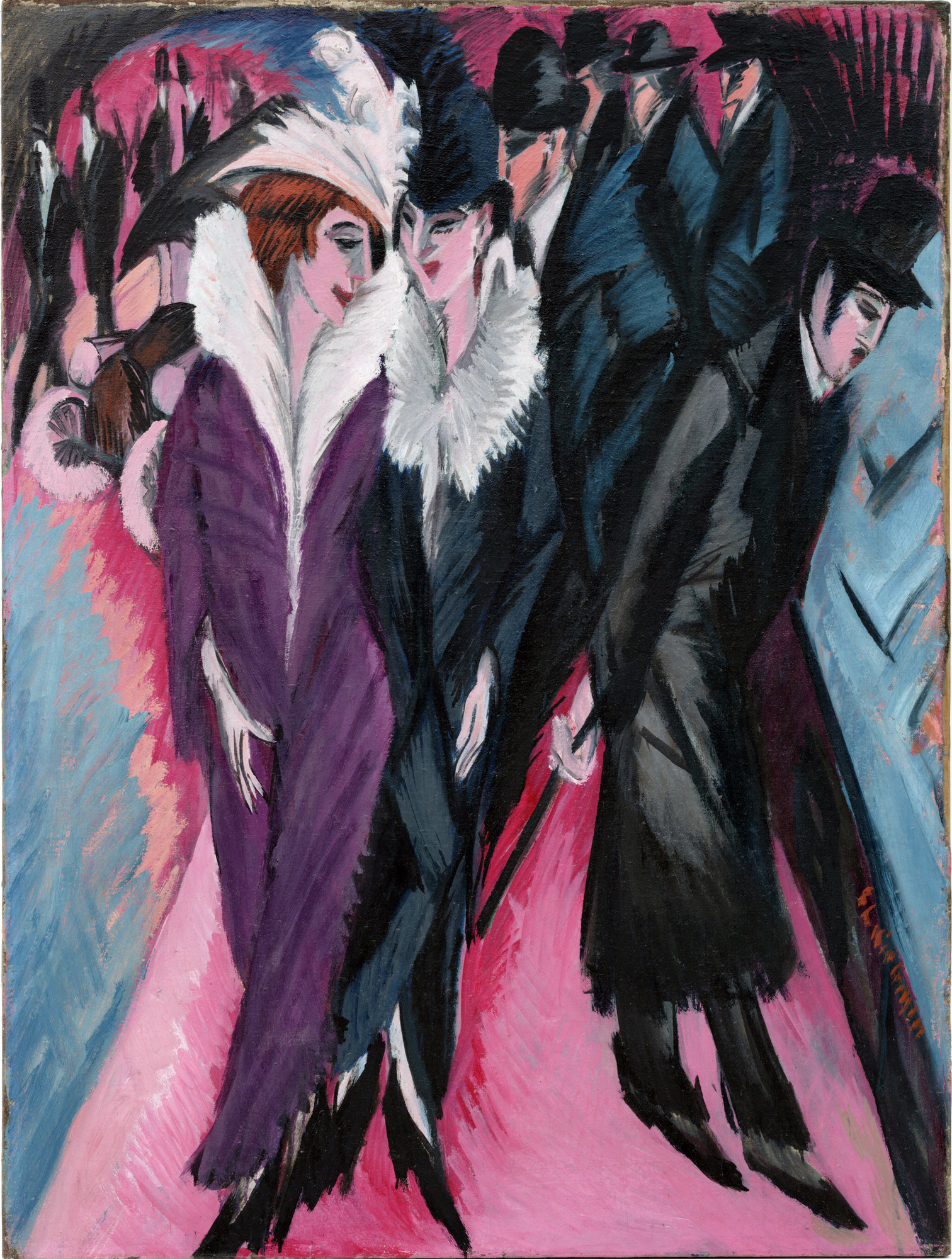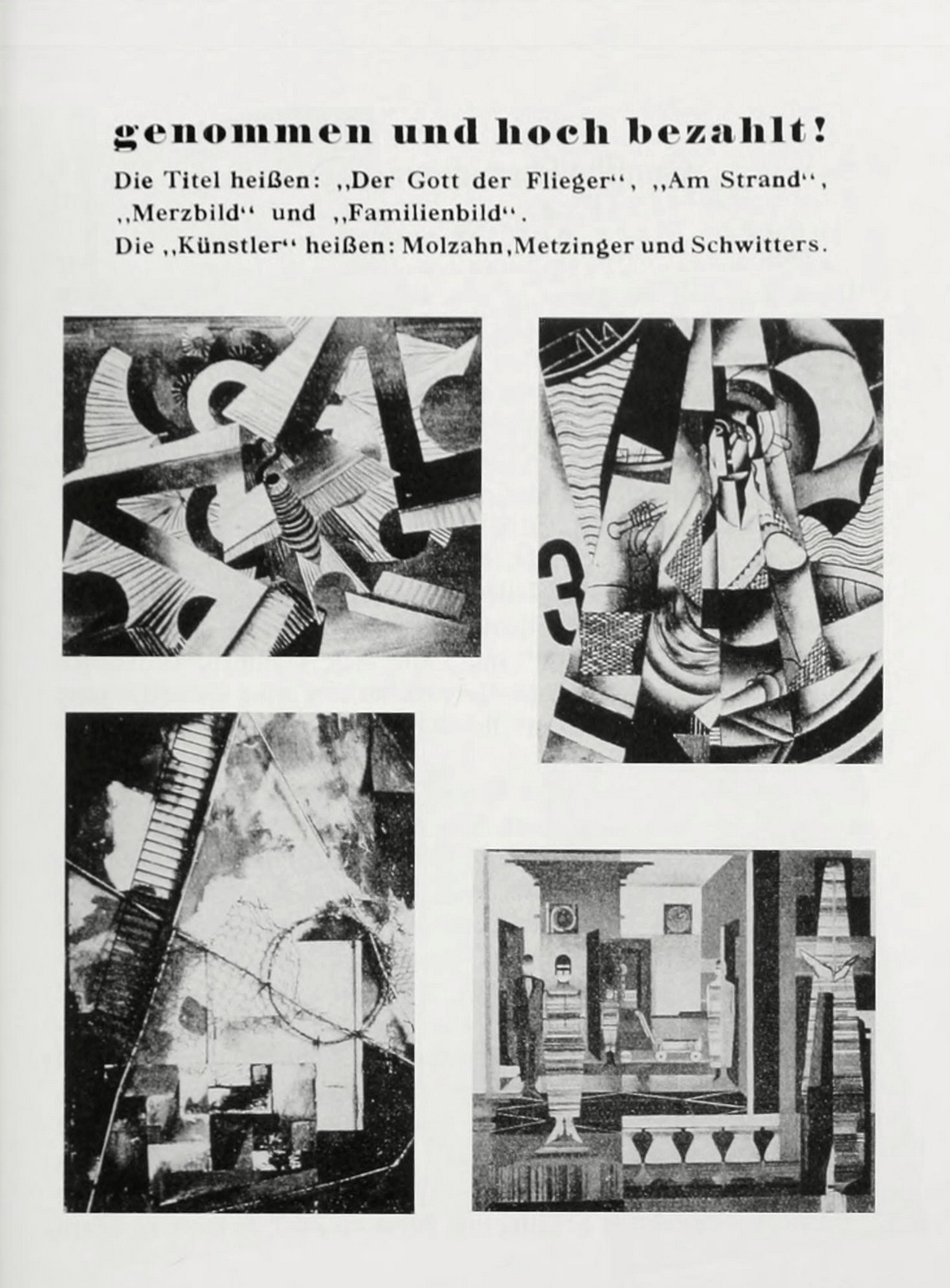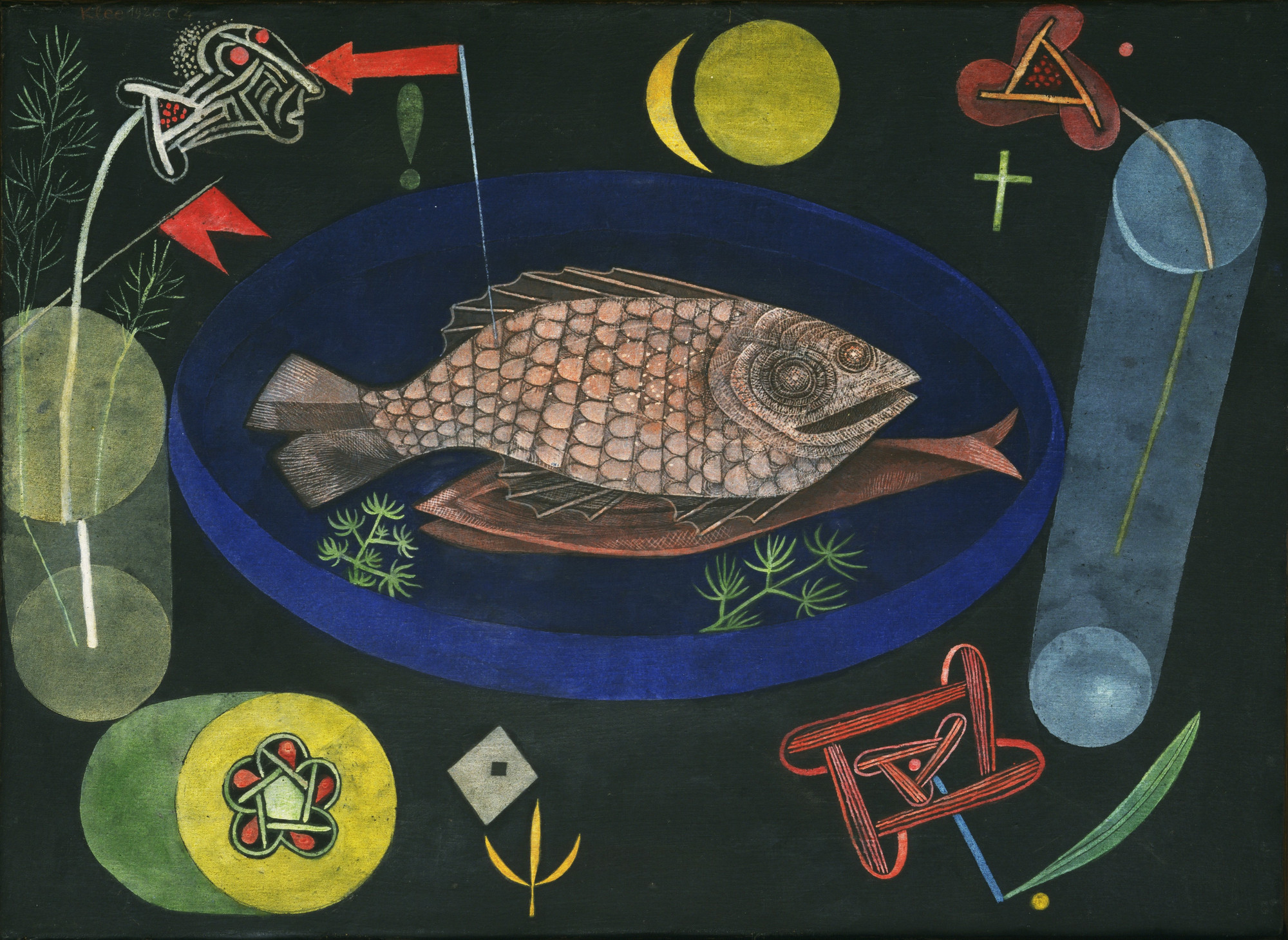Robots seem to have been much on the public mind back in the nineteen-thirties. Matt Novak at Paleofuture gives the example of a moment in 1932 when “the world was awash in newspaper stories about a robot that had done the unthinkable: a mechanical man had shot its inventor.” Despite being a typical example of the experimental-fictive journalistic style of that era, it nevertheless reflected “a time when robots represented something fearful,” and were indeed “a potent symbol of runaway automation and job loss.” Novak cites the statistic that “about 25% of jobless Americans thought automation was to blame for their unemployment by the end of the Great Depression.”
Not much more than a decade after the very term robot was coined, in Czech playwright Karel Čapek’s R.U.R., robots were in need of some good PR. Enter Shell Oil, which had not only the resources to commission an eye-catching advertising film, but also a robot-shaped emblem familiar to many consumers.
“The Birth of the Robot,” which made its theatrical debut in 1935, tells that character’s origin story in hyper-saturated Gasparcolor, beginning with the very motor of existence–turned by the hand of Old Father Time–while Venus plays her music out toward the stars. We then descend to Earth to find a motorist happily careening around the Egyptian desert, not just between but over the Pyramids. (Tourism must have been different in those days.)
Then a storm hits, at which point even the least attentive viewer will notice the striking characteristics of “The Birth of the Robot“ ‘s visual style. It was animated in stop motion by a New Zealander named Len Lye, who was already known for shorts like “A Colour Box” and “Kaleidoscope,” funded, respectively, by the United Kingdom’s General Post Office and Imperial Tobacco. Taking a considerable narrative and aesthetic step forward from those, Lye produces a charming, fanciful result from what was clearly a laborious process. Despite having been reduced to bones in the sand, our protagonist is eventually brought back to life by a few drops of Shell oil, albeit not in human but in humanoid robot form — and ready to show off a few moves that, today, would belong in a Boston Dynamics commercial.
Related Content:
The History of Stop-Motion Films: 39 Films, Spanning 116 Years, Revisited in a 3‑Minute Video
Watch a Visual Symphony of Everyday Objects in the French Stop Motion Film Grands Canons
Watch Gumbasia, the Jazzy Stop Motion Film That Gave Birth to Gumby (1955)
The Cameraman’s Revenge (1912): The Truly Weird Origin of Modern Stop-Motion Animation
Harder Than It Looks: How to Make a Great Stop Motion Animation
Based in Seoul, Colin Marshall writes and broadcasts on cities, language, and culture. His projects include the Substack newsletter Books on Cities and the book The Stateless City: a Walk through 21st-Century Los Angeles. Follow him on the social network formerly known as Twitter at @colinmarshall.





